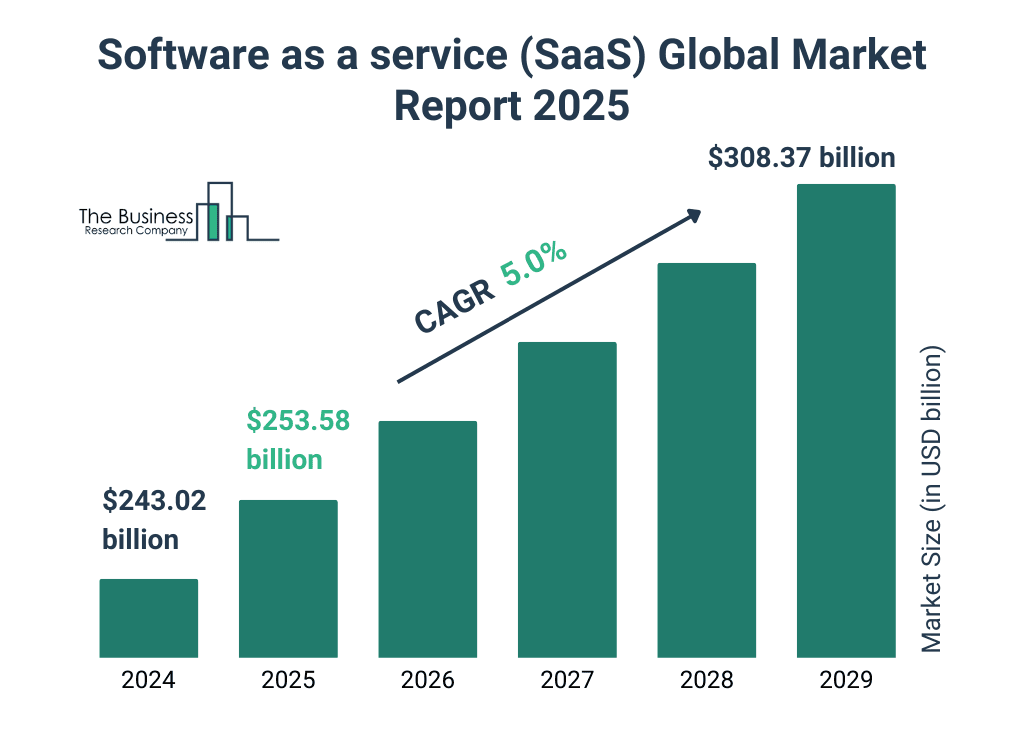The Philippines SaaS market growth is gaining strong momentum. In 2022 alone, the industry grew by 14.2%, contributing PHP 48.6 billion ($927 million) to the country’s GDP. It also created jobs for more than 85,000 people, highlighting both its economic value and employment potential. This rapid growth isn’t happening in isolation. The country’s digital economy, valued at $7.5 billion in 2020, is projected to grow 30% annually, reaching $28 billion by 2025. Much of this expansion is fueled by SaaS adoption across both enterprise and SME sectors.
SMEs Powering the SaaS Wave
With over 1 million registered SMEs, the Philippines is leaning heavily on SaaS for digital transformation. A striking 86% of SMEs say digital technology is essential to improving business processes and customer experience. SaaS fits that need with flexible, scalable solutions that don’t require large upfront investments.

Around 68% of Filipino SMEs now use cloud services to stay competitive. From inventory systems in retail to accounting software in finance, SaaS platforms offer cost-effective ways to streamline operations. In 2023, 65% of SMEs in Southeast Asia planned to boost their tech budgets, further pushing demand for cloud-based tools.
Philippines SaaS Market Growth: What Are The Fastest Sectors
Industries like finance, retail, healthcare, and education are leading the SaaS boom. Banks and fintech firms are using cloud platforms for real-time analytics and secure online services. Retailers use SaaS for supply chain and customer relationship management. In healthcare, cloud-based patient systems are improving both access and efficiency.
Read Also: Explore Philippines Retail Industry Insights, From Tradition to Tech
Even education is changing. Virtual classrooms and online collaboration tools have made learning more accessible—especially in remote regions. SaaS enables schools to operate without costly hardware or IT staff, making tech adoption viable at scale.
Tech Trends Fueling Philippines SaaS Market Growth
The rise of AI, machine learning, and microservices is pushing the boundaries of what SaaS can do. More platforms now integrate smart automation, predictive analytics, and modular design, helping businesses react faster and adapt easily.
These features aren’t just fancy upgrades—they’re necessities for companies looking to stay agile. And with many platforms offering APIs, businesses can connect their tools seamlessly, building efficient, tailored systems without starting from scratch.
Read Also: See Philippines Digital Economy Growth: Surprising Trends!
Government Support and Policy Backing
The Philippine government’s “Cloud First Policy” plays a big role in SaaS adoption. It encourages public agencies to use cloud computing, setting an example for the private sector. Local startups and global SaaS firms alike are benefiting from this push, with new partnerships forming across industries.
This policy-driven environment is helping to build a thriving local SaaS ecosystem. More Filipino tech entrepreneurs are entering the space, creating homegrown platforms that meet specific local needs—like compliance, language, and infrastructure constraints.
What the Future Holds for Philippines SaaS Market Growth
The Southeast Asia software market is expected to grow at a 12% CAGR, with the Philippines as a key driver in the Philippines SaaS Market Growth. By 2025, the digital economy’s projected value of $28 billion reflects how integral SaaS is to that growth. Whether it’s simplifying workflows or enabling remote collaboration, SaaS is reshaping how businesses of all sizes operate. The path forward is clear: SaaS will continue to unlock new efficiencies, support job creation, and deepen the digital transformation of the Philippines.

